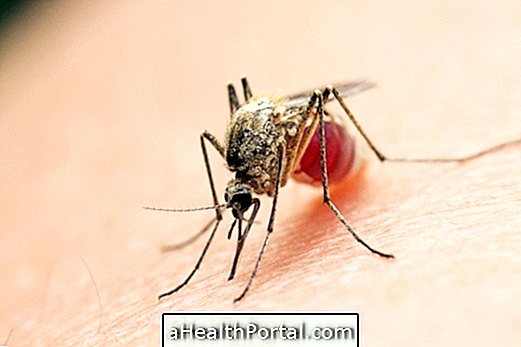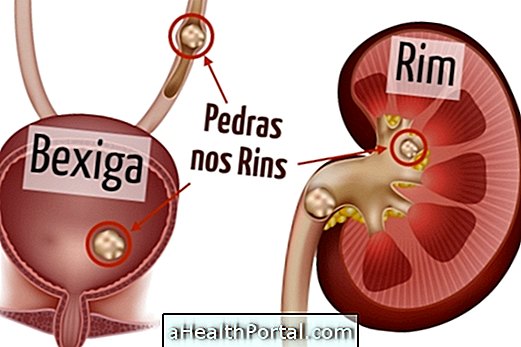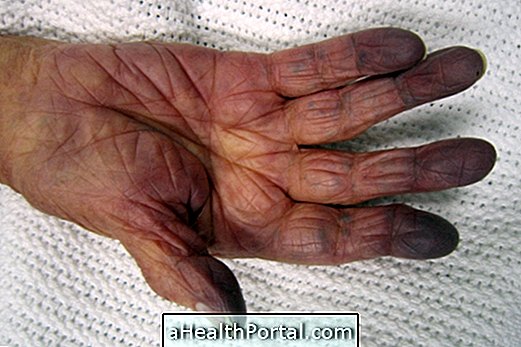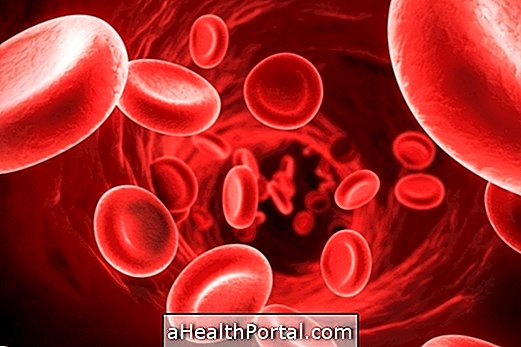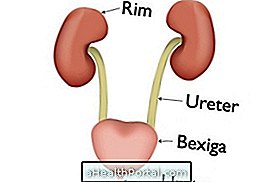Rheumatic fever is an inflammatory disease that causes changes and injuries to the joints, heart, skin, and even the brain. Symptoms of this disease usually appear about 3 weeks after an episode of throat infection caused by Streptococcus pyogenes group A.
Thus, the main symptoms of rheumatic fever are:
- High fever;
- Arthritis, which causes pain and inflammation in the joints in an asymmetrical and migratory way, and therefore it is common for the individual to experience pain in the knee, which then passes to the elbow, for example;
- Small painless lumps under the skin that appear on the hands, feet or elbows;
- Involuntary and uncoordinated movements of the arms and legs;
- There may be cardiac impairment leading to fatigue and increased heart rate.
Although it also occurs in adults, rheumatic fever is more common in children 5 to 15 years of age, and the diagnosis is made by medical history, physical examination and help with some tests such as VHS and CRP, which demonstrate inflammation, and by the detection of bacterial antibodies, blood or throat secretions.

Treatment for rheumatic fever
Treatment for rheumatic fever can be done by taking:
- Penicillin to eliminate bacteria;
- Anti-inflammatories or acetylsalicylic acid to treat polyarthritis;
- Corticosteroids to treat heart involvement;
- Medications to treat nervous system impairment, such as haloperidol, for example.
Initially, treatment may last 4 to 6 weeks, but the time to treat rheumatic fever may vary from person to person, depending on the severity of the symptoms and organs that have been affected.
See more details on rheumatic fever and its treatment.
